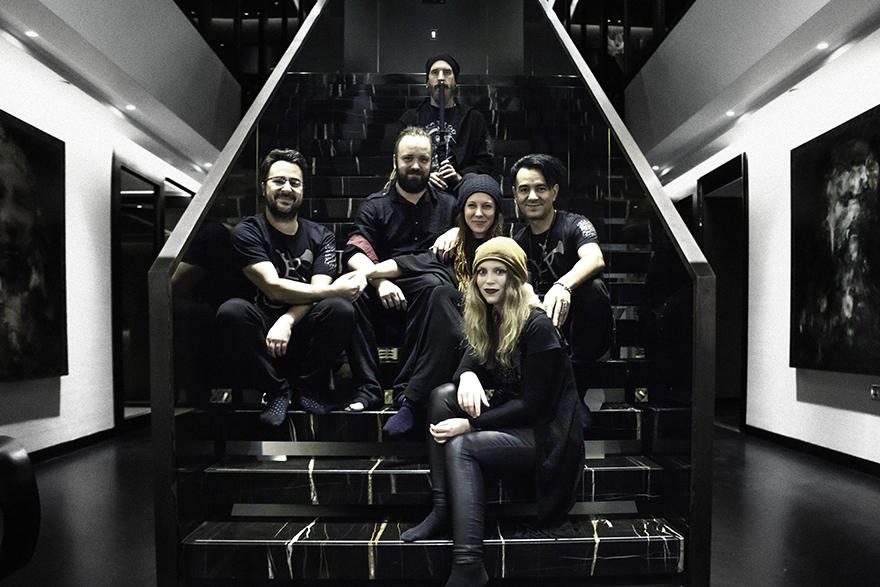Yes, but as already mentioned, that doesn't exist yet. You've asserted that we absolutely will have bigger, better, more detailed worlds. I'm saying that they can only happen IF we get better tools. IF we don't, then the content will be limited by cost to create.You can, if you do have procedural generation with coarse artist control.
That because the range of games has increased dramatically and includes lower budget indies and smaller titles in the age of digital downloads. At the top end, the AAA budget, the place people will be wanting to see content variety really pushed, we have the exponential increase. For Spider-Man 2 to have the order of magnitude more content enabled by the SSD not being the limiting factor, of the quality that you see in the Heretic, there'll be a significant increase in cost.The graph shows scatter at the right, present side. If we would draw a more accurate curve instead a straight line, it would point downwards, with the peak at 2005.
Just to mention - no idea how accurate this data is and won't argue. There is a need to reduce costs everywhere and always in any case.
Source : https://www.gamasutra.com/blogs/RaphKoster/20180117/313211/The_cost_of_games.php
Note that that exponential growth curve is including the constant improvement in creative tools. We already have the likes of Allegorithmic's Substance Designer since 2010 instead of artists creating material textures by hand in PS. So despite reducing the cost to create a texture considerably, the overall cost to create the assets for a game has increased; content creation cost is growing faster than the content-creation savings.
There is of course the possibility of a paradigm shift in content creation, but that's largely theoretical at this point. All the procedural techs we'd be looking to have existed since the PS360 era without gaining widespread adoption. What are the limiting factors and will those change?


